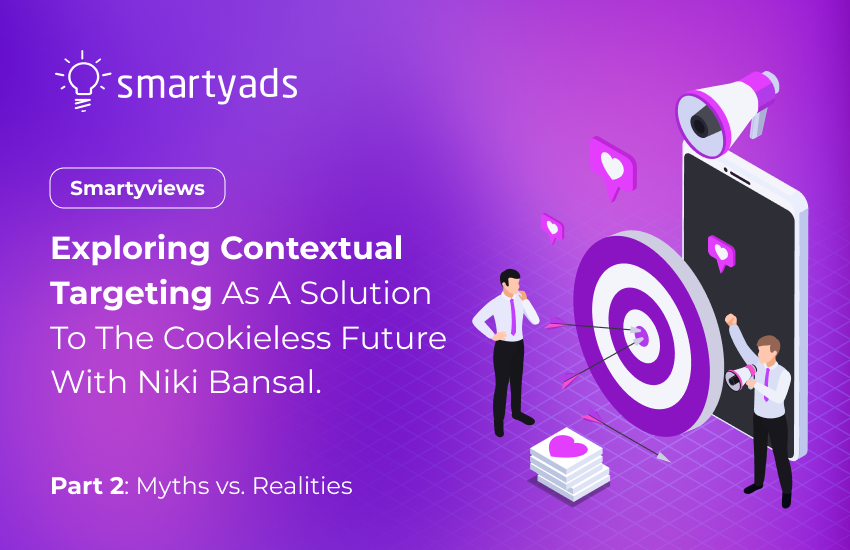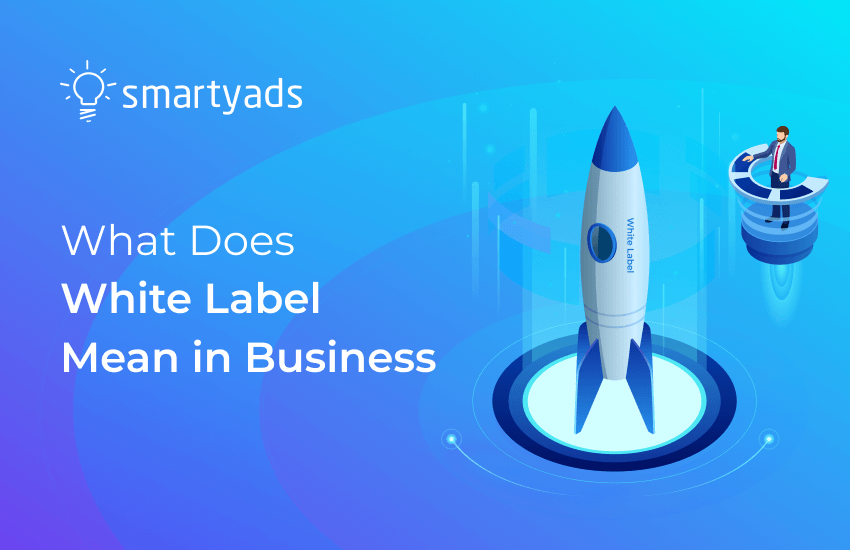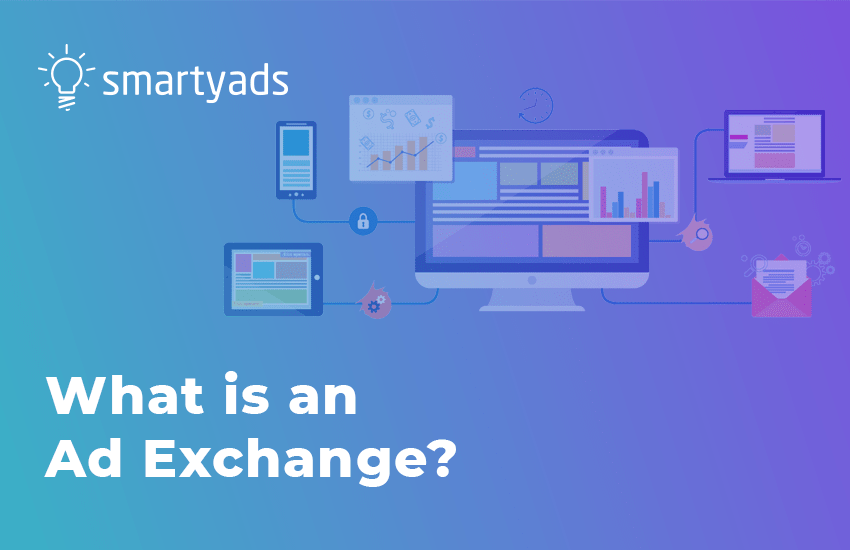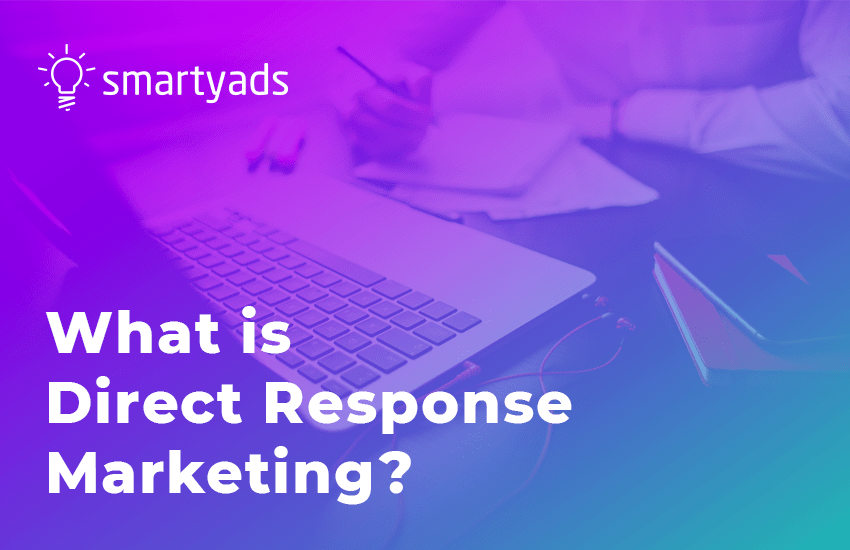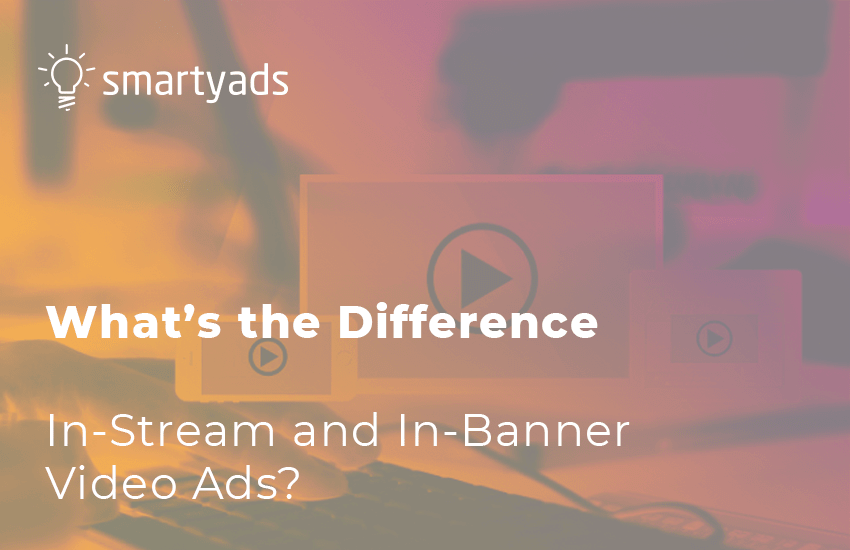The era of third-party cookies is about to end, which means that marketers have to implement privacy-friendly solutions to target their customers effectively.
Contextual targeting is a great alternative since it’s based on the content users are interacting with. It’s set up according to keywords or IAB (Interactive Advertising Bureau) categories (or both).
In the first part of our conversation with Niki Bansal, we explored the nuances of contextual advertising. Now let’s analyze the most popular myths on the cookieless future and relevant ad tech solutions and ask Niki to dispel them.
* * *
So, let’s start. Google is going to initiate the cookie elimination procedure in the middle of 2024, and this process will be incremental. Many marketers think they still have plenty of time to make the most of cookies before shifting to other options. Is this belief justified?
Niki: Obviously, cookies are still in use, but this doesn’t mean advertisers have time to hesitate. Cookies are leveraged by around 42% of all websites, so approximately 58% of web pages are useless for advertisers in terms of cookie-based targeting.
Besides, more and more users are concerned about privacy and avoid sharing their data. Many of them simply ignore cookie consent windows.
Therefore, the cookieless future is already here, and when Google initiates the process of phasing out the cookies, this will not be the beginning – only the final stage. Advertisers need to admit that there is no time left.
It’s crucial to start switching to alternative targeting methods right now to address privacy concerns and deliver a great customer experience. Contextual advertisements don’t make users feel watched as they naturally fit the page’s content. Thus, when set up correctly, contextual advertising can bring impressive results.
Apparently, incorporating cookieless practices will take a while, but marketers who are still going to use third-party cookies for some time have to be honest with their customers. It’s essential to ensure complete transparency of the privacy policy – users should know what types of data are collected and how they will be leveraged.
It seems like advertisers definitely need to hurry up. Let’s talk a bit more about contextual targeting. It’s often perceived as a sufficient method, but can it ensure effective advertising? Is it enough to identify relevant keywords and IAB categories and then specify them when setting up advertising campaigns?
Niki: As I mentioned in our first interview, advertisers can also leverage first-party data, but this is not the only additional tactic. Apart from incorporating contextual advertising, marketers need to leverage alternative identity solutions instead of traditional ones.
By doing so, advertisers can reach their customers across multiple platforms, browsers, and devices and maintain addressability. Other benefits include more effective personalization, control over ad frequency, and an opportunity to create more detailed and, therefore, effective customer profiles.
Contextual targeting on its own can be efficient, but advertisers should not rely only on keyword research and relevant IAB categories. When choosing an ad tech solution, they should prioritize those offering both contextual targeting and a proper identity solution. This way, they will deliver their ads to the right customers at the right time, which will help increase the conversion rate.
There is an opinion that identity solutions are not privacy-safe, so, most likely, they will also fall into disuse at some point. What’s about this? Another myth or a reality we should get ready for?
Niki: Leveraging identity solutions allows advertisers to ensure accurate audience segmentation and, as a result, more precise targeting. Nonetheless, there is no need to sacrifice user privacy during this process.
This is possible thanks to alternative identifiers like ID5, LiveRamp, and others that don’t store users’ information longer than necessary, meaning marketers can still benefit from relevant customer data without misusing it or affecting its security.
To conclude, such identity solutions will not fade away, and advertisers will be able to use them to achieve both short- and long-term marketing goals.
And what about analytics? They say the performance of contextual ads is hard to evaluate.
Niki: Fortunately, nowadays, marketers can use artificial intelligence and machine learning to do this. AI and ML algorithms can help them identify underperforming campaigns, adapt campaign distribution across multiple sources, optimize bidding according to performance expectations, and so on.
For instance, our white-label demand-side platform offers such functionality as contextual targeting, real-time reporting, and price optimization. So, as you can see, combining contextual targeting and analytics within the same solution is feasible. In addition, it’s fully compliant with privacy regulations, which is crucial during the evolution toward the cookieless future, and its contextual targeting functionality is also integrated with OpenAI.
Basically, that’s the only AI and ML-powered white-label DSP available on the market. We continuously improve the platform and implement new features to help advertisers reach their audiences and optimize all related processes. You can learn more about the benefits and functionalities of the latest version here.
Coming back to AI, it’s useful not only in terms of analytics. Since contextual targeting often relies on keywords, advertisers can leverage artificial intelligence to enhance their keyword lists and reach customers more effectively. This feature is also provided in the recent release of our white-label DSP.
For advertisers, this sounds rather optimistic. Lastly, what would you say about so-called walled gardens? There is a belief that only they will survive the cookieless future. Does this correspond to reality, or can advertisers withstand them?
Niki: First of all, let me clarify this term. A walled garden means a closed system ensuring total control over the content for the provider. Google, Facebook, and Apple can serve as perfect examples here. They have loads of user data that advertisers use to create targeted campaigns. At the same time, the marketers’ abilities are limited. They have to conform to the rules and restrictions of such platforms.
After cookies are eliminated, walled gardens are expected to dominate the collection of first-party data. However, this doesn’t mean that only closed systems will survive and remain effective advertising platforms.
By applying different tactics, marketers can collect first-party data on their own (for instance, via customer surveys) and then leverage it when setting up promotional campaigns or utilizing recent identity solutions. Walled gardens are likely to survive in the coming cookieless era, but they will not be the only ones.
To sum up, the end of cookies doesn’t equate to the end of effective advertising. Contextual targeting combined with identity solutions and AI and ML algorithms will help advertisers reach their customers in a privacy-friendly way.
With programmatic DSPs allowing contextual targeting, the elimination of cookies will not be a disaster, just the next stage of advertising evolution. There is no need to panic – marketers only have to adapt, and choosing AI and ML-based solutions will help them do this.
